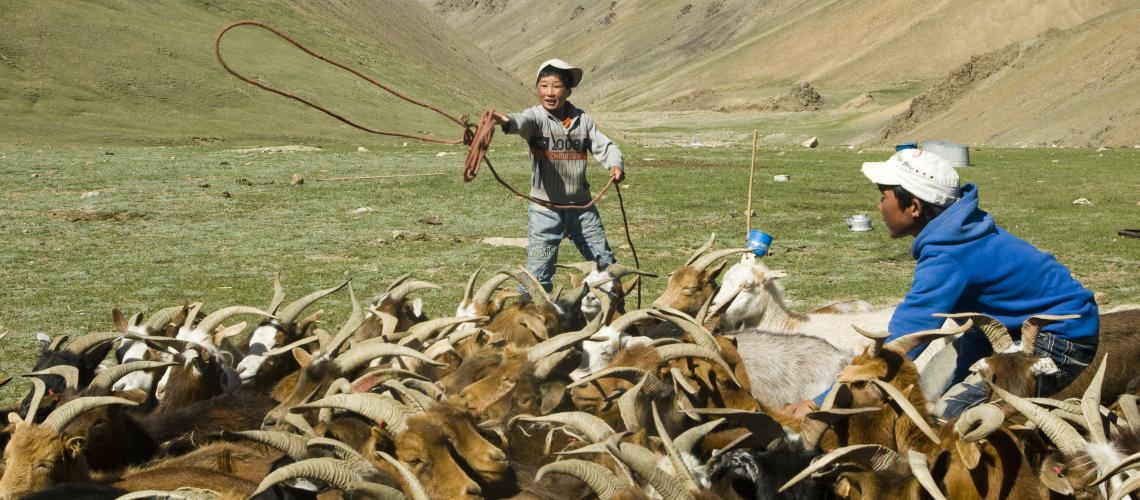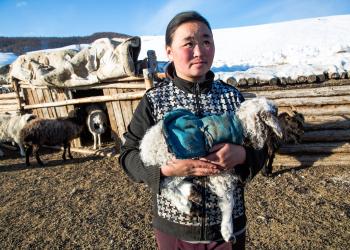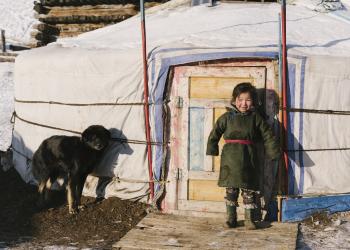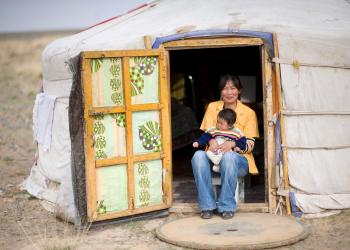
Asia & The Pacific
Mongolia faces heightened climate and disaster risks, including drought, dzud, flooding, and earthquakes, with climate change predicted to increase these disasters' intensity and frequency. This situation threatens the achievement of Mongolia's Vision 2050, with the country's varied ecosystems and sparse population of 3.4 million, of which nearly half resides in Ulaanbaatar and being particularly vulnerable. The socio-economic impact is acute on those engaged in herding and agriculture, exacerbated by rapid urbanization without risk-informed planning, increasing exposure to geohazards like earthquakes.
In response, the government of Mongolia, with the UN Resident Coordinator and the National Emergency Management Agency (NEMA), confirmed their interest in engaging with the CADRI Partnership to adopt a new DRR and disaster preparedness approach under the UNSDCF 2023-2027. A hybrid scoping mission in June 2023, followed by a capacity diagnosis in September 2023, aimed to review the institutional and operational readiness for emergency management and disaster risk reduction, involving consultations with key governmental and non-governmental stakeholders. The mission was facilitated by experts from UNDRR, FAO, UNDP, UN-Habitat, and others, conducting field visits and consultations across Mongolia. The capacity diagnosis, covering preparedness, early warning, and risk reduction across specific capacity dimensions, is set to inform legal and policy reforms in DRR, supporting Mongolia's strategic DRR implementation for 2026-2030 and strengthening NEMA's role in promoting DRR regionally.

 MONGOLIAN
MONGOLIANMongolia Capacity Diagnosis Report
8 Jan 2025 ENGLISH
ENGLISHMongolia Capacity Diagnosis Report
3 Jan 2025 ENGLISH
ENGLISHMongolia Policymaker's Digest
3 Jan 2025 MONGOLIAN
MONGOLIANMongolia Policymaker's Digest
3 Jan 2025
